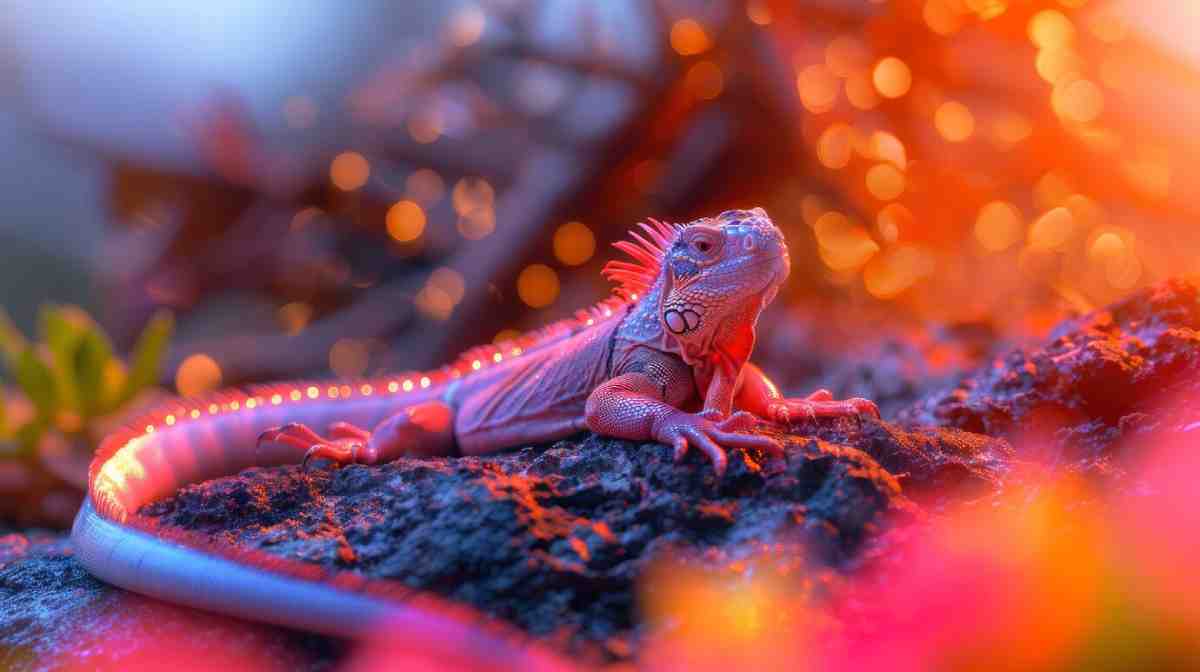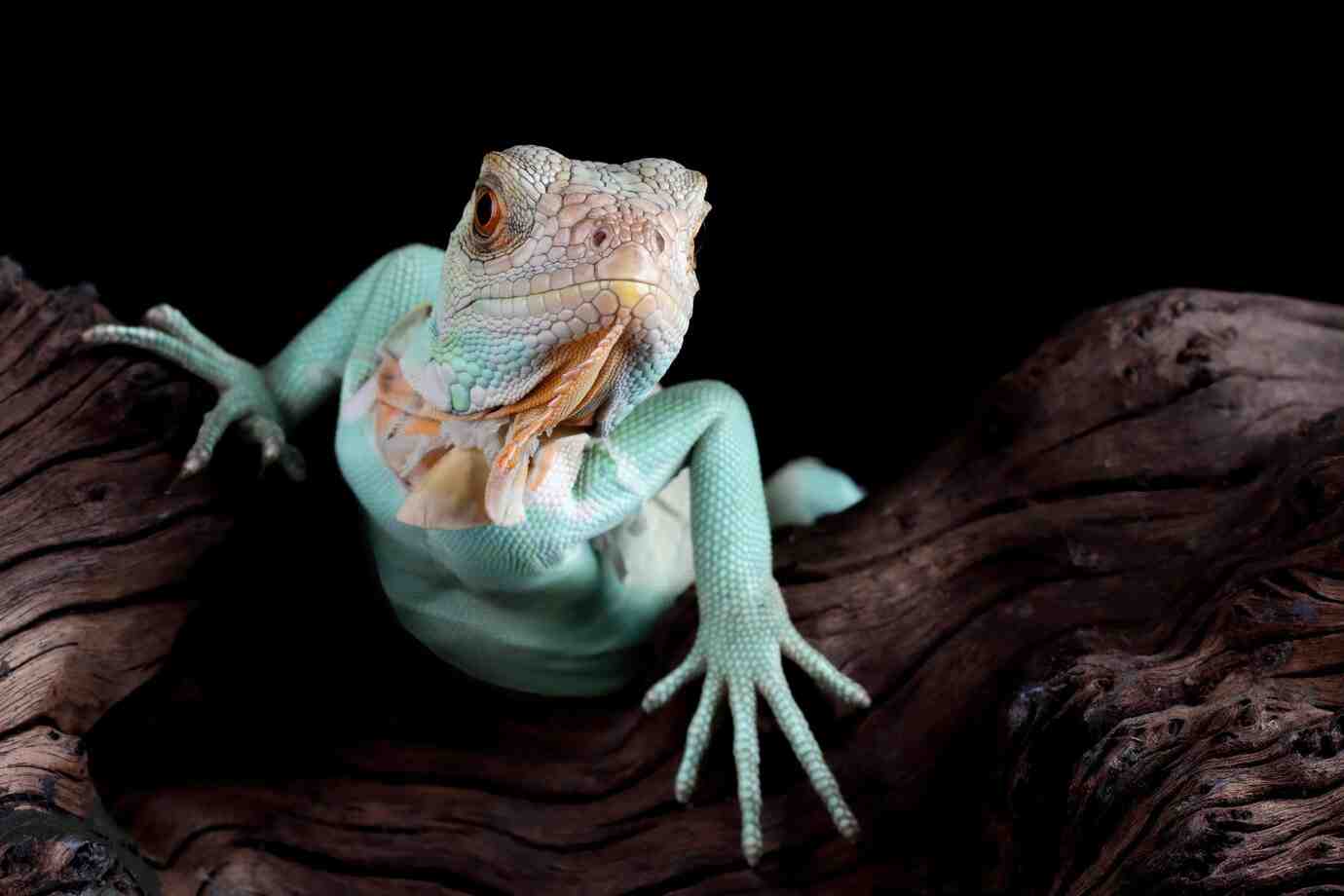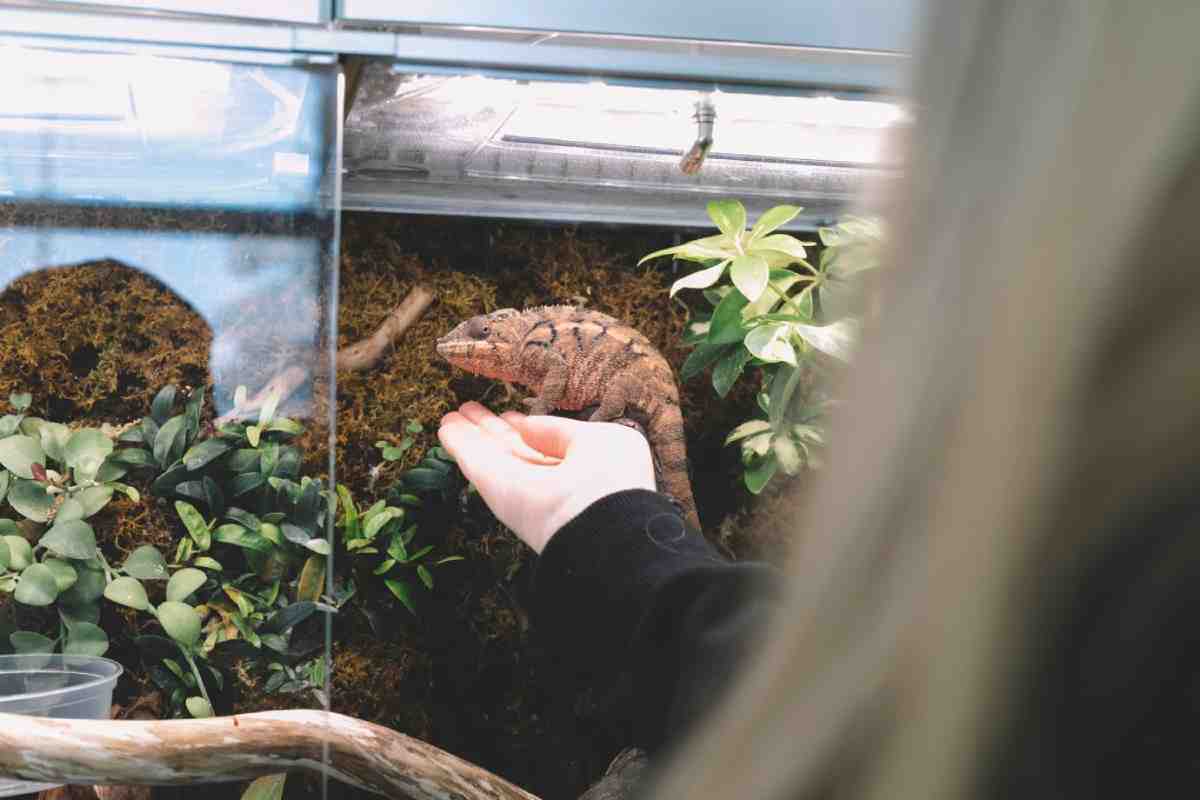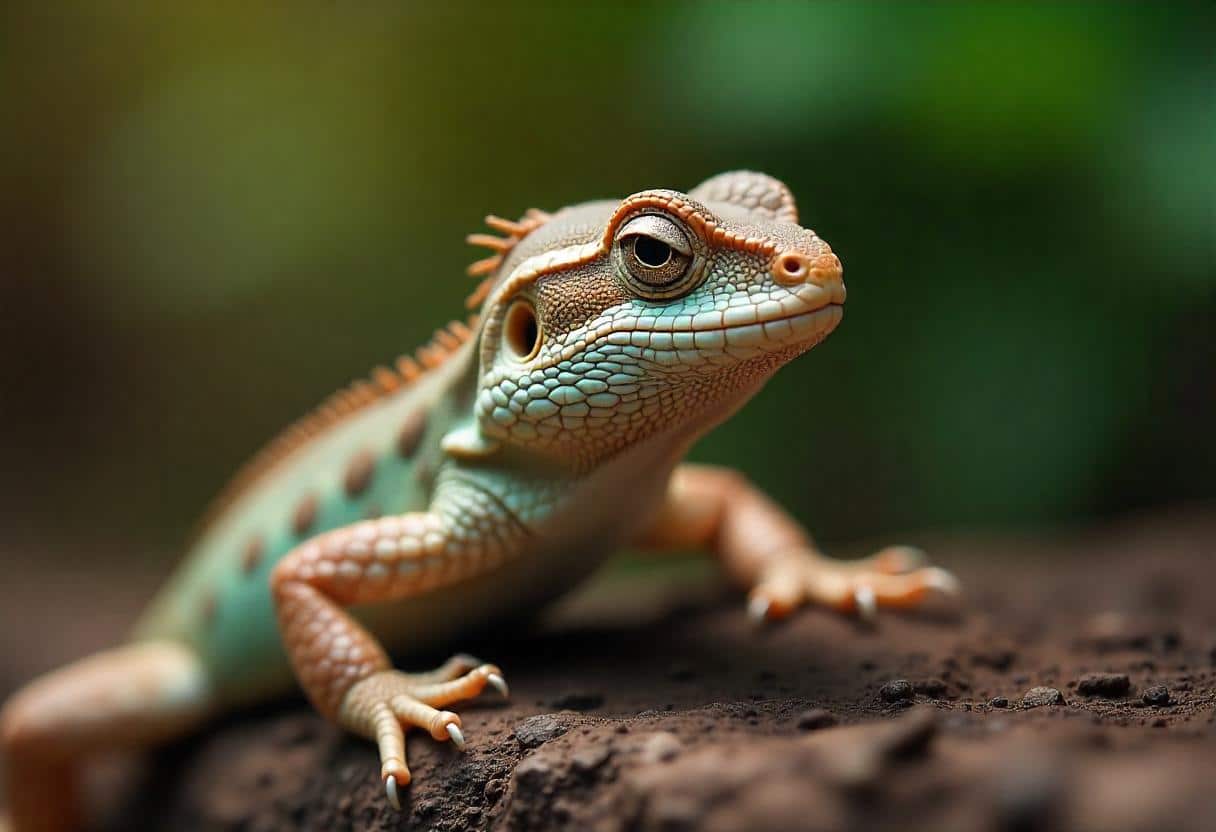
Supplements and Vitamins for Exotic Reptiles
Feeding your reptile a healthy diet is the foundation of good care. But even with the best fruits, vegetables, and feeder insects, your exotic pet might still need a nutritional boost. That’s where reptile calcium supplements and reptile vitamins come in.
In the wild, reptiles get a wide range of nutrients from their natural environment — things like sunlight, diverse plant life, and mineral-rich insects. In captivity, even the best enclosures can’t fully replace those natural sources. That’s why supplements are a key part of any proper exotic pet nutrition plan.
This guide breaks down everything you need to know: why reptiles need supplements, what types to use, how to use them safely, and what signs to watch for if something’s missing.
Why Do Reptiles Need Supplements?
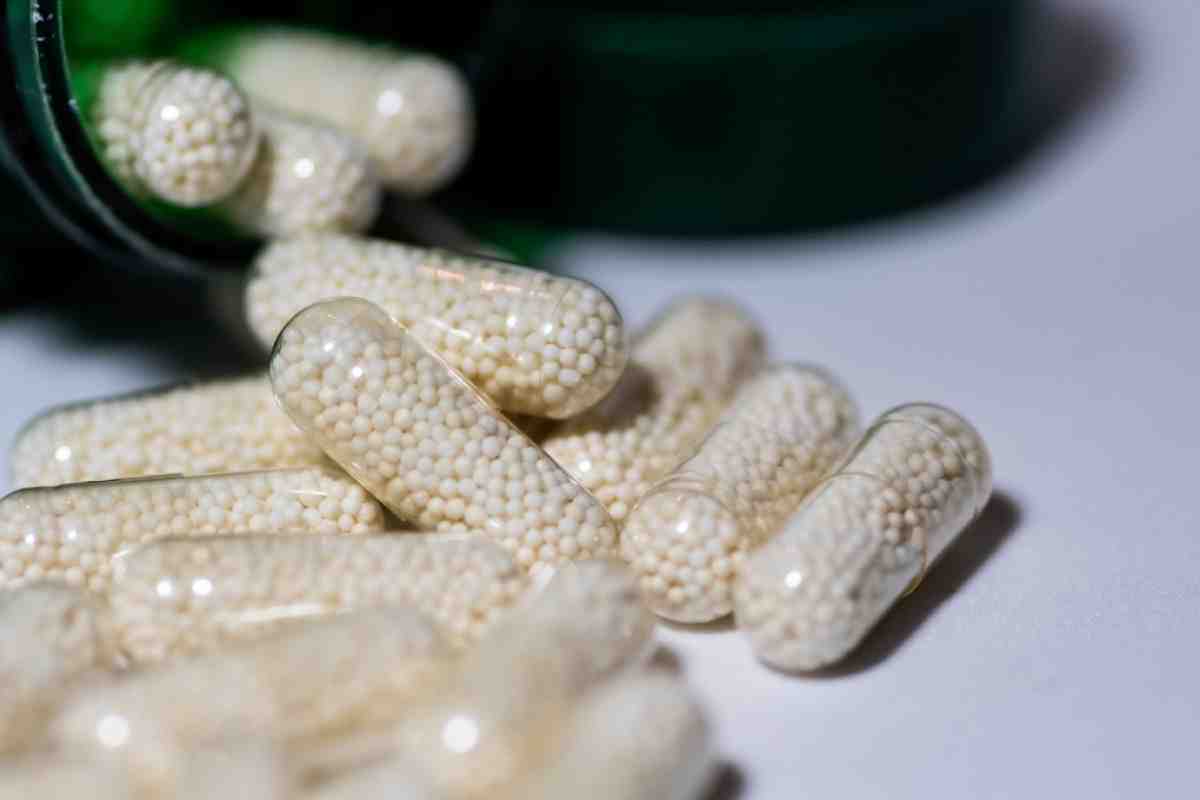
Most captive reptiles — whether they’re herbivores, omnivores, or insectivores — are missing some nutrients from their diet. Even if you’re offering a variety of foods, these nutrients can still fall short.
The Most Common Deficiencies:
- Calcium (leads to bone weakness and metabolic bone disease)
- Vitamin D3 (needed to absorb calcium properly)
- Vitamin A (important for eyes, skin, and immune system)
- Other trace vitamins and minerals
Supplements help balance these gaps and support long-term health.
Think of supplements as “insurance” for your reptile’s health — especially if your lighting or diet isn’t perfect.
Reptile Calcium Supplements: The Cornerstone of Reptile Health
Calcium is the most important mineral in a reptile’s body. It supports bones, nerves, muscles, and even egg development in females. Without enough calcium, reptiles can develop metabolic bone disease (MBD) — a painful and often fatal condition.
Signs of Calcium Deficiency:
- Tremors or twitching
- Weak jaw or limbs
- Soft or crooked bones
- Lethargy
- Difficulty walking or climbing
Types of Reptile Calcium Supplements:
- Calcium with Vitamin D3
- Use this if your reptile does not get enough UVB lighting.
- Helps the body absorb calcium in low-light conditions.
- Calcium without Vitamin D3
- Use this for reptiles with proper UVB exposure.
- Safe for daily use alongside quality lighting.
- Liquid Calcium
- Good for sick or recovering reptiles who aren’t eating.
- Easier to digest and administer by dropper.
Recommended Use: Dust food (insects or greens) lightly with calcium powder several times a week, depending on species and age.
Reptile Vitamins: More Than Just Calcium
While calcium gets most of the attention, your reptile also needs a range of reptile vitamins to stay healthy. These include:
1. Vitamin D3
- Supports calcium absorption
- Helps prevent MBD
- Provided through UVB exposure or supplements
2. Vitamin A
- Essential for vision, skin health, and immune function
- Too little = swollen eyes, shedding problems
- Too much = toxicity (so use carefully)
3. B Vitamins
- Support metabolism and energy
- Often included in multivitamin powders
4. Vitamin E & C
- Support tissue health and immune response
- Found in many commercial blends
Multivitamin powders contain small doses of many essential nutrients. They’re used less often than calcium but are just as important.
How to Use Reptile Supplements (Safely)
Step 1: Know Your Species’ Needs
Different reptiles require different levels of supplementation. Here’s a quick overview:
| Species Type | Calcium Frequency | Vitamin Frequency |
| Leopard Gecko | 3–5x/week | 1x/week |
| Bearded Dragon | 3–4x/week | 1–2x/week |
| Green Iguana | 4–6x/week | 1x/week |
| Crested Gecko (with CGD) | 1–2x/week | Rarely needed |
| Tortoises | 3–5x/week | 1x/week |
Always adjust based on your lighting setup, age of your reptile, and specific health needs.
Step 2: Dusting Food Properly
- Place feeder insects or chopped veggies into a plastic bag or cup
- Add a small pinch of supplement
- Shake gently to coat the food
- Serve immediately to avoid the powder rubbing off
You don’t need to coat insects heavily — a light dusting is enough.
Step 3: Rotate and Track Usage
Use a basic calendar or feeding log to track what supplements you’ve used. This helps prevent overuse or forgetting doses altogether.
Supplement Schedules by Reptile Type
Here’s a sample weekly plan for common exotic pets:
Leopard Gecko
- Monday: Calcium without D3
- Wednesday: Calcium with D3
- Friday: Calcium without D3
- Sunday: Multivitamin
Bearded Dragon (Adult)
- Tuesday: Calcium without D3
- Thursday: Calcium with D3
- Saturday: Multivitamin
- Sunday: No supplement (rest day)
Tortoise
- Daily: Calcium powder on greens (small pinch)
- Thursday: Multivitamin
Choosing the Right Supplements

There are many brands out there, so look for those made for reptiles (not birds or mammals).
Reputable Brands:
- Repashy
- Zoo Med
- Exo Terra
- Arcadia
- Fluker’s
- ReptiCal
Choose fine, dustable powders with clear dosing instructions.
Avoid cheap, generic brands with unclear ingredients or human-use formulas.
Mistakes to Avoid
- Skipping Supplements
- Even a great diet can miss key nutrients.
- Over-supplementing
- Too much vitamin A or D3 can cause toxicity.
- Using Only One Product
- Calcium and multivitamins serve different roles.
- Dusting Insects Too Early
- Supplements rub off if food isn’t eaten quickly.
- Ignoring UVB Needs
- Supplements don’t replace good lighting — they work with it.
Signs Your Supplement Routine Is Working
- Strong bones and firm grip
- Smooth, even shedding
- Bright, alert eyes
- Steady appetite
- Normal movement and posture
If your reptile still shows signs of weakness, stunted growth, or odd behaviour, review your lighting , feeding, and supplement plan — and consult a reptile vet.
A Small Step With Big Impact
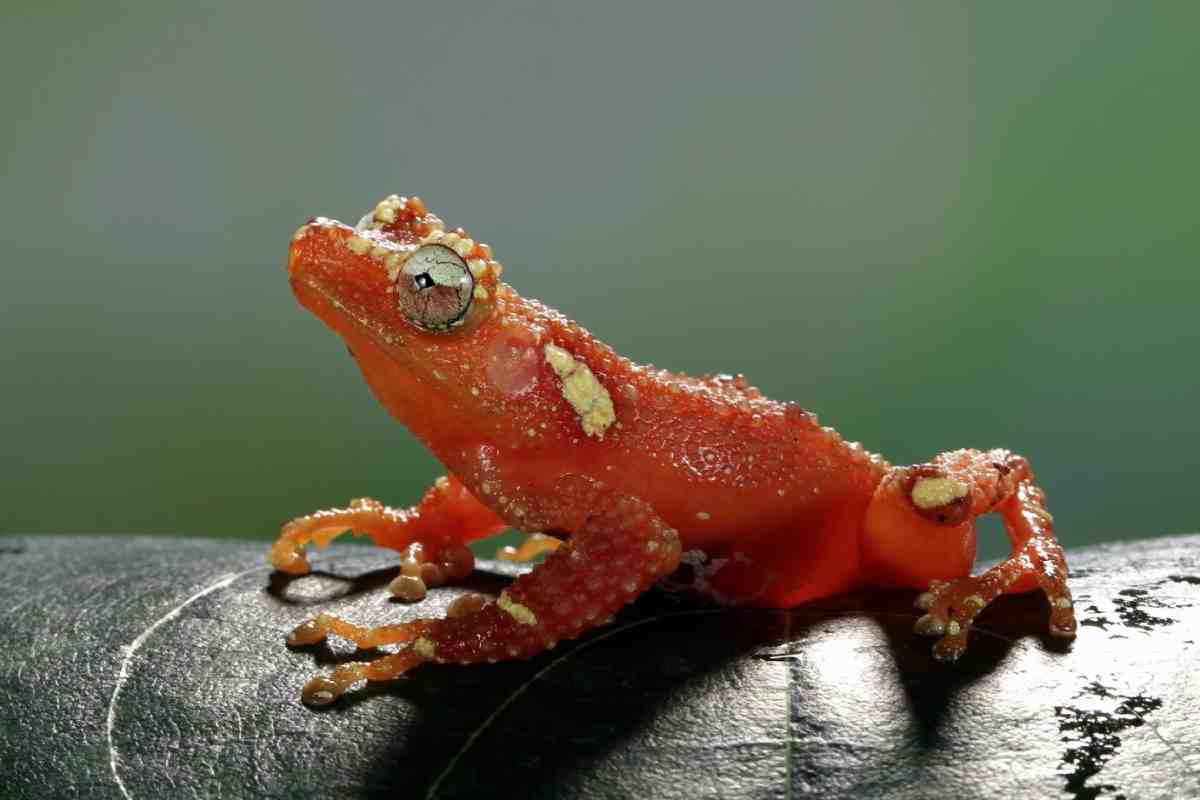
Exotic pet nutrition isn’t just about what’s in the food bowl. The right use of reptile calcium supplements and reptile vitamins can prevent illness, support growth, and give your reptile the strength to live a long, active life.
Stay informed, be consistent, and never underestimate the power of a good supplement routine. Your reptile may not say “thank you” — but you’ll see it in every shed, climb, and curious glance.
